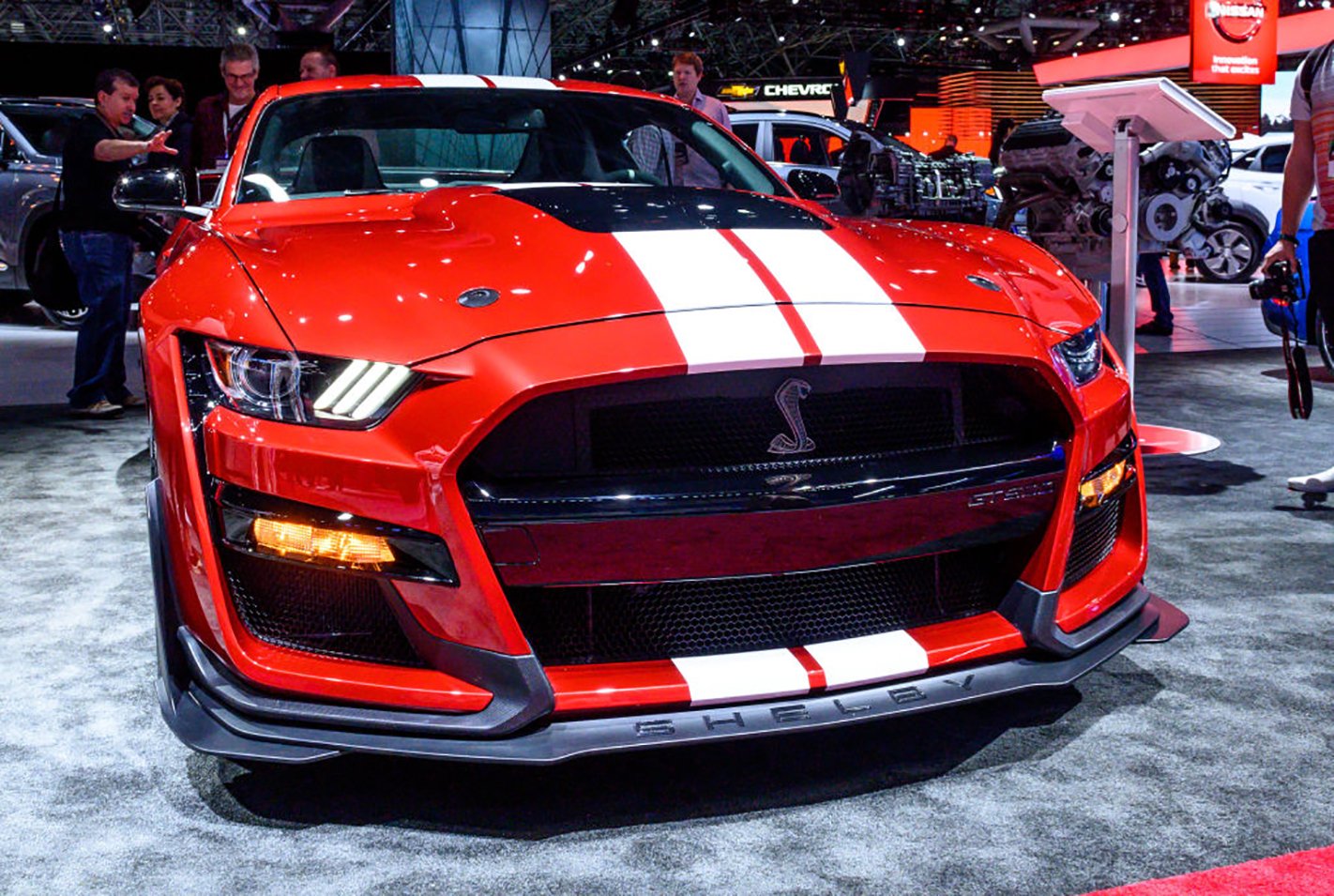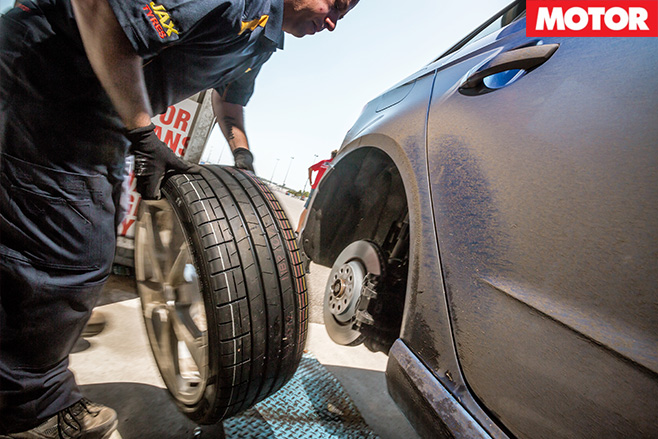One of my favourite motoring stories is the tale of Burma switching from right- to left-hand drive. Instigated overnight in 1970 at the behest of the nation’s totalitarian leader, General Ne Win, the story is one of outrageous propaganda and hopeless mismanagement, though my favourite part is the reasoning behind the switch. Details are murky, but the consensus is old Ne Win, who was a pretty nasty piece of work, was acting on the advice of a wizard.
While Burma (now Myanmar) is clearly not a poster child for swapping driving sides – one especially chaotic outcome was buses dropping passengers in the middle of busy streets – that doesn’t mean we should hastily dismiss Ne Win as a crazed megalomaniac (he was, actually, but you get my point). Perhaps he was on to something…
Holden’s closure has seen the whole ‘left vs right’ debate bubble back to the surface, with GM’s official statement singling out ‘fragmented right-hand-drive markets’ as a key reason to retire the brand. And it wasn’t just Holden; GM was axing all of its RHD production globally.
Panicky minds might clutch at their pearls and squeal, “If GM is doing it, others might follow!”, though cooler heads will know this isn’t likely. Mercedes has recently confirmed that RHD production is “a cornerstone” of its business, and FCA has also made a global commitment to right-hook nations.
Still, it did have me wondering about the potential benefits of Australia making the switch. They aren’t insubstantial. Access to previously denied product (think Ford F150 and Mustang GT500, Cadillac CT5/CT6, and big SUVs like the Cadillac Escalade) is the most obvious, and we’d also get new cars sooner. Manufacturers often prioritise left-hand-drive production to supply larger, more lucrative markets, leaving us to wait months or even years for some models.

It’s well known Australia is in the minority when it comes to driving on the left. Two thirds of the world drives on the right, with most of those that don’t being former members of the British empire – like India and Australia which, with Japan, are among the world’s prime left-driving nations. But it hasn’t always been this way. In medieval times nearly everyone kept left as it allowed people on horseback to keep their dominant hand closer to the centreline of the road. This made using weapons to fend off attacks easier, plus most right-handed riders mounted their steeds from the left (ie, the kerb).
Things gradually changed in Europe after the French Revolution, but in America it was the increased popularity of huge supply wagons that saw them make the switch. These wagons were horse-drawn and riders sat on the left-rear animal to keep their stronger arm free for whipping. To improve visibility for the wagon drivers, laws were introduced in the late 1700s that mandated traffic keep to the right.
The split has continued ever since, though Burma isn’t the only nation to jump sides. Sweden made a much more successful transition three years earlier in 1967, setting an example Australia could follow. Question is, should we?
Realistically, the answer is no. Aussie driving standards are low enough without throwing in such a curve ball. It’d be a huge logistical task too, plus the costs would be high – though perhaps not as astronomical as you’d think. Sweden’s transition bill was reportedly 628 million krona, or about A$425 million in today’s money. That’s a fraction of what Australia spends on road transport ($5.6bn in 2019-2020), but a key difference is scale. Sweden’s road network had less than two million vehicles. Australia now has 10 times that.
Still, why can’t Australia have both left- and right-hand-drive cars? Japan and the UK already allow it, despite being predominantly RHD, and we’re already halfway there with registrations of left-hook classic cars. One hurdle would be drive-thrus and other ticket booths but that’s an easy problem to solve, and while it might feel foreign at first, anyone who has spent a decent amount of time in a left-hand-drive car will vouch it soon becomes second nature. But hey, it’s just a suggestion. I’m no wizard.






